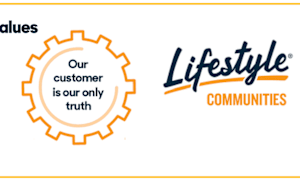The Top 25% mainly Not For Profit operators reported earnings before tax per bed of $9,045 for the year to June 2019 (see graph above).
StewartBrown identifies one significant reason: the efficiency of the layout of the aged care home and its impact on staff levels.
“The first 25% have lower direct hours due to higher levels of homes being or redesigned to incorporate operational efficiencies”.
The chart below shows that the Top 25% had total direct care hours delivered by staff of 2.85 hours compared to 3.13 hours for the average across 1,102 aged care homes.
The Top 25% collected a higher average ACFI ($182 vs average $178 per bed day) and were 10% more efficient (ACFI direct costs including labour of 73% vs average 84%).
Occupancy was also higher for the Top 25% – 96.36% (compare this to the average occupancy for the listed operators – Japara, Estia, Regis – which last year averaged 92-93%, and Estia stating that every 1% was worth $5 million profit to them).
In summary, to survive as an aged care operator requires ongoing capital investment in bricks and mortar and efficiency systems. However, a new aged care bed cost $300,000 to build; a $9,045 profit before tax is a return of just 3%.
Given the complexity and government/regulatory risk, would you commit this capital?










